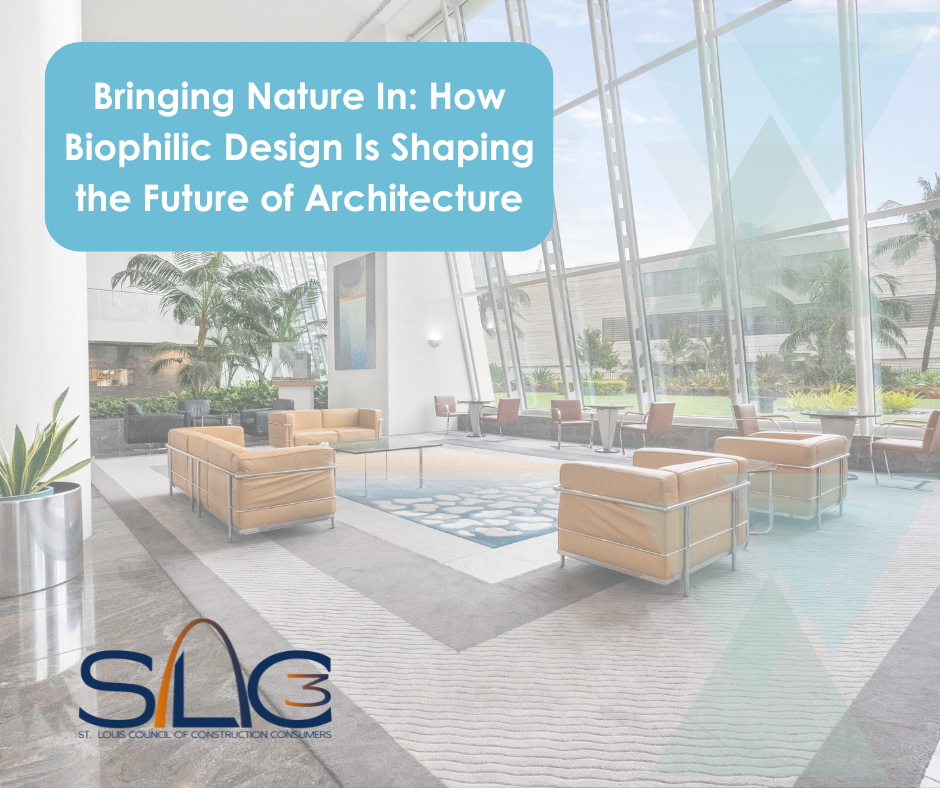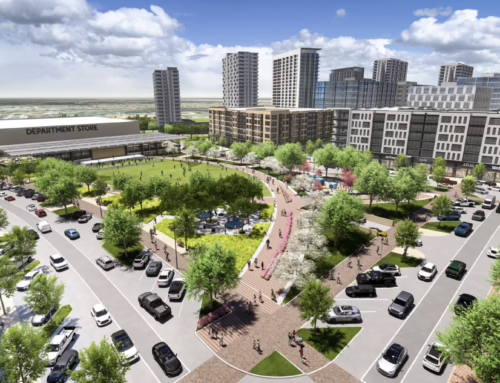We spend nearly 90% of our lives indoors—but our minds and bodies are hardwired for nature. That disconnect has fueled one of the most powerful movements in modern architecture: biophilic design.
In 2025, this human-centered approach is more than a design trend—it’s a fundamental shift in how we think about space, wellness, and sustainability. Biophilic design brings the outside in, creating environments that not only look beautiful but also help people feel and perform better.
What Is Biophilic Design—and Why It Matters
At its core, biophilic design is the practice of connecting people with nature through the built environment. The term “biophilia,” meaning “love of life,” was popularized by biologist E.O. Wilson, who proposed that humans have an innate need to connect with the natural world.
Today, that connection is showing measurable benefits. Studies have found that environments rich in natural elements—like daylight, greenery, and organic materials—can reduce stress, improve focus, and even speed up healing times. For architects and designers, that means spaces that work better for the people who use them.
The Key Elements of Biophilic Design
Biophilic design can be expressed in countless ways, but most strategies fall into three main categories:
- Direct Connections to Nature
Think natural light, living walls, indoor gardens, flowing water, and outdoor views. These tangible interactions with nature are the most powerful, instantly reducing stress and improving mood. - Indirect Experiences of Nature
When direct elements aren’t possible, designers can mimic them through natural materials, earthy color palettes, organic shapes, and patterns inspired by the outdoors. - Spatial Experiences
Spaces that reflect the way we experience nature—like open layouts with long views (“prospect”), cozy corners (“refuge”), and dynamic light—help people feel comfortable and engaged.
Each approach aims to foster a sense of balance and harmony—qualities that have been too often missing from built environments.
Modern Applications: Where Design Meets Wellness
From hospitals to high-rises, architects are finding innovative ways to apply biophilic principles.
- Workspaces are integrating greenery, abundant daylight, and natural textures to boost productivity and creativity.
- Healthcare facilities are using nature views and healing gardens to promote recovery and calm.
- Schools are designing classrooms with fresh air and daylight to enhance learning outcomes.
- Urban projects are embracing rooftop gardens, vertical forests, and green corridors to reconnect dense cities with living ecosystems.
These examples show that biophilic design isn’t just an aesthetic choice—it’s a performance strategy.
The Sustainability Connection
Biophilic design and sustainability go hand in hand. By working with natural systems instead of against them, architects can reduce energy use, improve air quality, and create regenerative spaces that support both people and the planet.
Green roofs, passive ventilation, daylight harvesting, and local materials are just a few examples of how this approach supports broader climate goals. In essence, what’s good for the environment is good for us too.
Looking Ahead: The Future of Biophilic Design
As cities grow denser and technology becomes more embedded in our lives, our craving for natural connection will only intensify. The next wave of biophilic design will go beyond plants and sunlight—it will embrace smart systems that mimic natural cycles, sensory design that engages all five senses, and spaces that nurture mental and emotional wellness.
In 2025 and beyond, biophilic design is redefining what it means to create spaces that truly serve people—and the planet.






